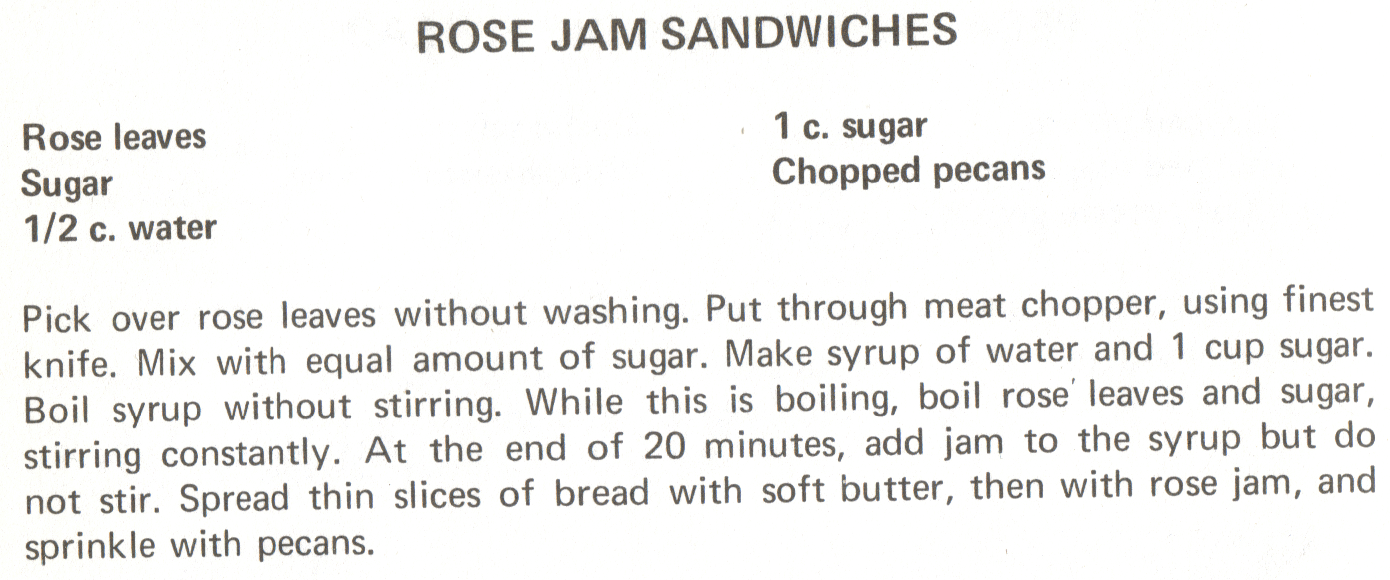Just a quick look at the book proved that the writers had some very, uh, interesting ideas about what constitutes a sandwich. I'll start with an easy-ish one. Everyone has heard of a peanut butter and banana sandwich. Consider this a variation of that classic:
Banana sandwich filling is not content with sliced bananas on yummy nut butter. No-- you have to mix the banana with chopped pecans, grape pulp, and enough orange juice, pineapple juice or "cooked salad dressing" to make it all hold together in a big, gloopy blob. Then spread that onto your bread. (Or just throw it out and revert to peanut butter and banana slices!)
If the banana recipe doesn't appeal but you like gooey, weird sandwich pastes, maybe this is more your speed:
Who wouldn't love cold beans mixed to "a smooth paste" with cream cheese, canned pimentos, pecans, oil, and mustard? (I'd be happy with just the cream cheese and pecans on bread. That sounds a lot easier-- and tastier!)
What if you need something sweet to remind you that summer is coming?
I have no idea what rose jam tastes like, but I'll bet the failure to specify how many rose leaves are needed to sufficiently flavor the syrup would drive a lot of cooks crazy. This recipe is positively crammed with specifications (1/2 c. water to 1 c. sugar! So specific!) compared to some other recipes, though.
Mint butter sandwiches have no measurements at all, except for the instruction to use "2 wafer slices of chilled peeled tomato" per sandwich. They also win the award for most random-seeming layers of ingredients. Spread bread with mint-flavored butter, top with tomatoes spread with cottage cheese, top that with a lettuce heart dipped in tartar sauce, and then sprinkle chopped pecans over the whole monstrous mountain! Maybe the recipe doesn't specify amounts of the ingredients because anybody who bothers to make even one of these sandwiches will not bother with a second.



























